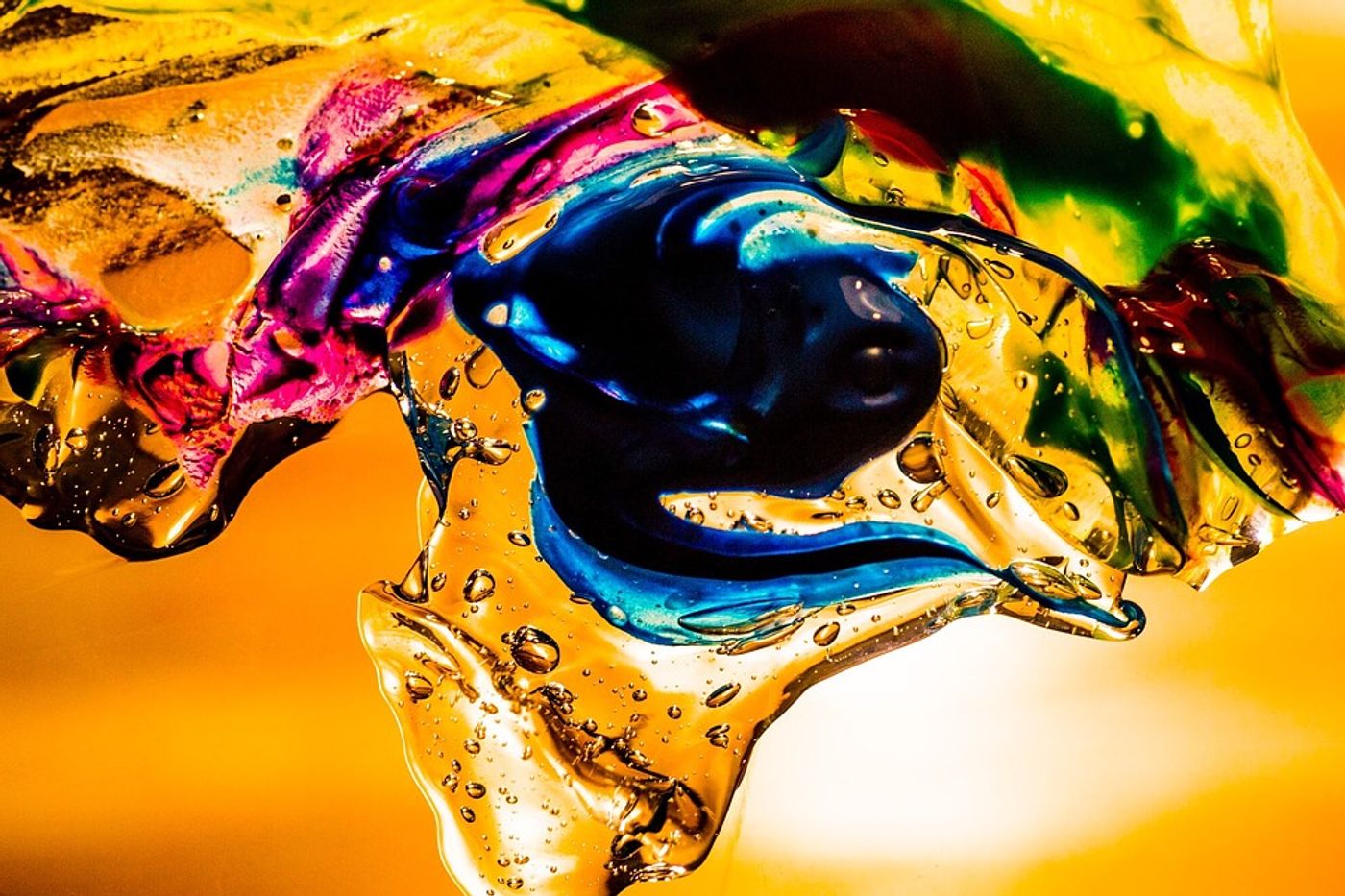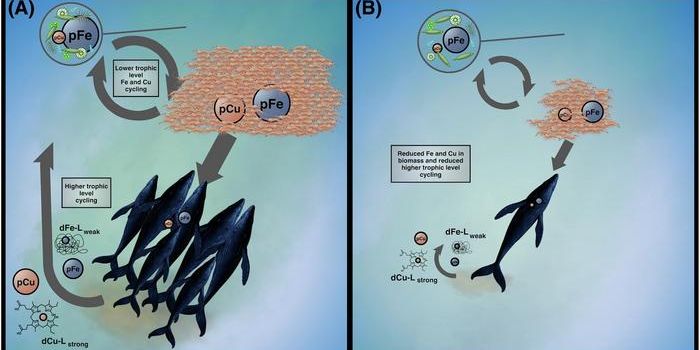This hydrogel memorizes and forgets, just like our brains
A hydrogel developed by researchers at Hokkaido University is the first material to mimic the human brain’s capability to memorize, retrieve, and forget information. The gel is able to encode information that later disappears over time based on the intensity of the encoded information. The findings from this study are published in the journal Proceedings of the National Academy of Sciences (PNAS).
"Hydrogels are excellent candidates to mimic biological functions because they are soft and wet like human tissues," says Professor Jian Ping Gong from Hokkaido University's Institute for Chemical Reaction Design and Discovery (WPI-ICReDD). "We are excited to demonstrate how hydrogels can mimic some of the memory functions of brain tissue."
Gong, in collaboration with colleagues from the Institute, created the hydrogel from materials called polyampholytes. The dynamic bonds of polyampholytes explain the fast water uptake and slow water release, which results in the memorizing-forgetting characteristic of the material. The researchers say that their gel is not the only one that can take advantage of this behavior – it should work with a variety of hydrogels with physical bonds.
So, how does it work? Eureka Alert explains:
“The researchers placed a thin hydrogel between two plastic plates; the top plate had a shape or letters cut out, leaving only that area of the hydrogel exposed. For example, patterns included an airplane and the word "GEL." They initially placed the gel in a cold water bath to establish equilibrium. Then they moved the gel to a hot bath. The gel absorbed water into its structure causing a swell, but only in the exposed area. This imprinted the pattern, which is like a piece of information, onto the gel. When the gel was moved back to the cold water bath, the exposed area turned opaque, making the stored information visible, due to what they call "structure frustration." At the cold temperature, the hydrogel gradually shrank, releasing the water it had absorbed. The pattern slowly faded. The longer the gel was left in the hot water, the darker or more intense the imprint would be, and therefore the longer it took to fade or "forget" the information.”
Watch the following videos to get a sense of how the material works:
In explaining the technique, one of Gong’s collaborators, Assistant Professor Kunpeng Cui, says, "This is similar to humans. The longer you spend learning something or the stronger the emotional stimuli, the longer it takes to forget it." The researchers say their gel could be used for many different applications, citing disappearing messages for security as one example.
Sources: PNAS, Eureka Alert, Global









